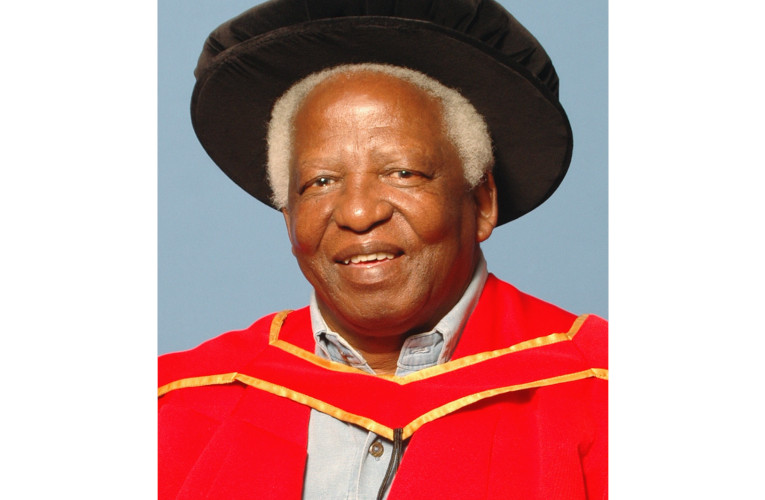The life and times of veteran photographer Peter Magubane
By Edward Tsumele, CITYLIFE/ARTS Editor
To those that have followed the history of the struggle for freedom and its intersection with the media during apartheid were not surprised when heavyweights in politics, including President Cyril Ramaphosa and former South African President Thabo Mbeki, attended the funeral of legendary photographer Peter Magubane this past Friday at the Fourways Methodist Church in Bryanston.
The photographer, who died on January 1, 2024, aged 91, used his camera to document the struggle for freedom, dating back to 1955, when he worked for Drum magazine. The self tough lensman from that period through the turbulent years of the struggle for freedom, played an important role in documenting life under apartheid.
His rich photographic archive includes some of the most historic moments in the people’s struggle against apartheid, including the 1976 student uprising, the Sharpville Massacre in 1959 and the politically tense 1980s during the State of Emergency. His images later found their way on the pages of influential international media over the years, such as Time magazine, further assisting in exposing in discrediting the concept of apartheid internationally.
His photographic work went further though as he also alongside others, such as Alf Kumalo and German born immigrant Jurgen Schadeberg documented the colourful lives lived by colourful characters of Sophiatown. Many a celebrity of the time, such as Dorothy Masuka, Dolly Rathebe and others, owe their career development through the documentation of their work by Magubane and his colleagues, working for Drum Magazine.
Even after freedom, Magubane did not stop playing a role in capturing contemporary life in South Africa through his camera. With apartheid gone, he focussed his lens on culture, documenting the various cultures of different ethnic groups in South Africa. A number of these images found their way onto the pages of the books that he published, collaborating with writers.
One such seminal book is titled the Vanishing Cultures of South Africa, among other several books that he either authored or co-authored in post apartheid South Africa. This way, Magubane therefore remained relevant in a post apartheid South Africa. Also this way, he continued to play an important role as his work continued to have an impact on contemporary South Africa. This sometimes also attracted unwelcome attention from some quarters who found themselves not resisting the lure of his photographs and the money that they could make out of Magubane’s work.
For example in the late 2000s, while working for Sowetan newspaper, I found myself seated opposite Magubane in a Melville Restaurant. Over coffee I could notice the pain on the elderly photographer’s face. A shop next to the coffee shop in which we were seated, was selling T-shirts in which Magubane’s photographs were used as illustrations –of course without his permission, a clear textbook case of copyright infringement. Magubane was therefore complaining about this infringement. When I approached the shop later to alert them to the fact that they were using one of the country’s best known photographers’ work without permission, I was not given a clear answer.
I could not help but think about how other photographers from that era, such as Sam Nzima, were in a similar position of seeing their work being used left, right and cenre without them having given permission for such commercial exploitation of their seat and blood.
The point I am making here is that Magubane may have died, but his work will remain with us, benefiting generations to come. His work will continue to have impact on society. Magubane lived a purposeful and meaningful life. That is the reason his funeral was attended by those dignitaries in The Methodist Church in Bryanston last week Friday, before his remains were buried at Fourways Memorial Cemetery nearby.










